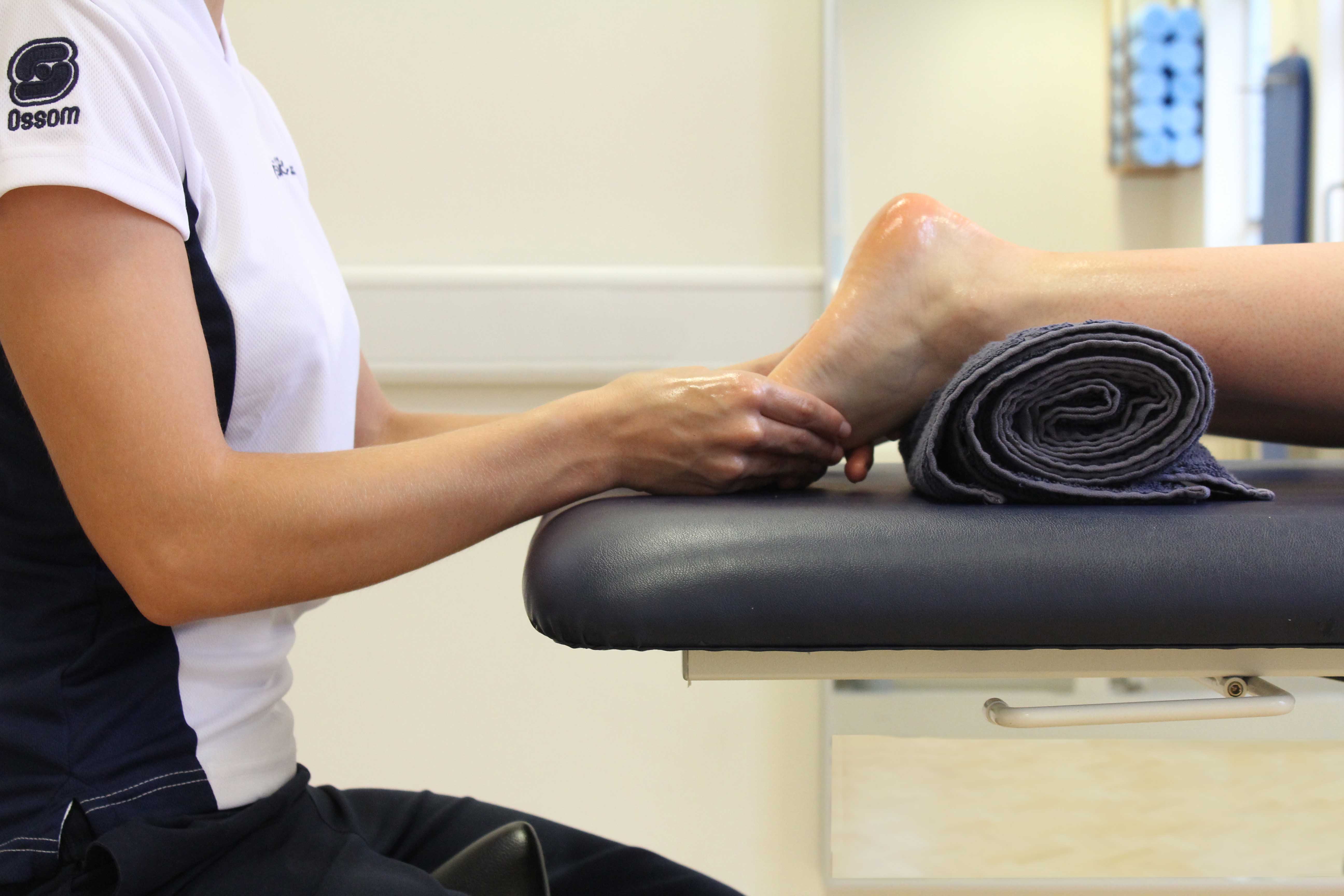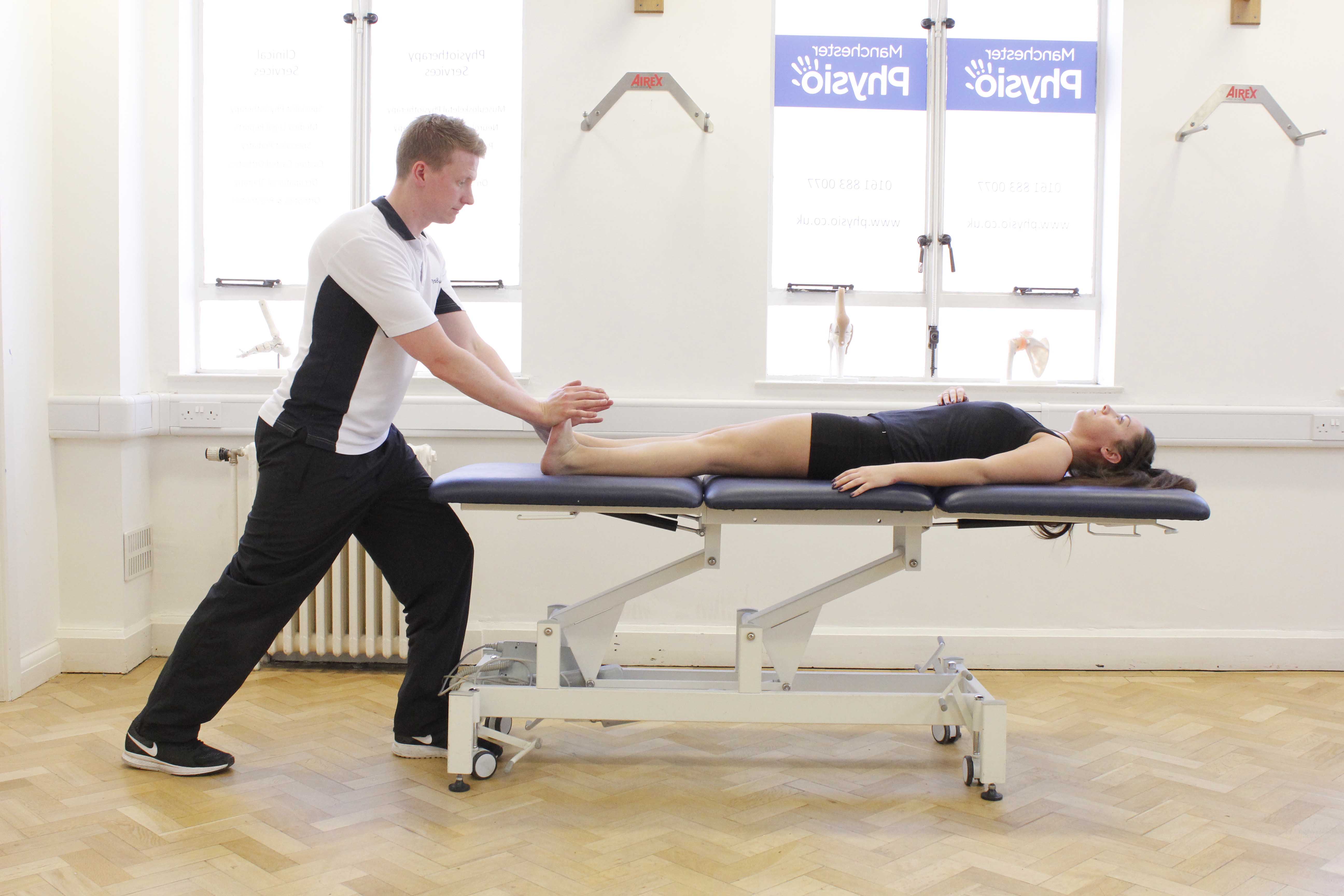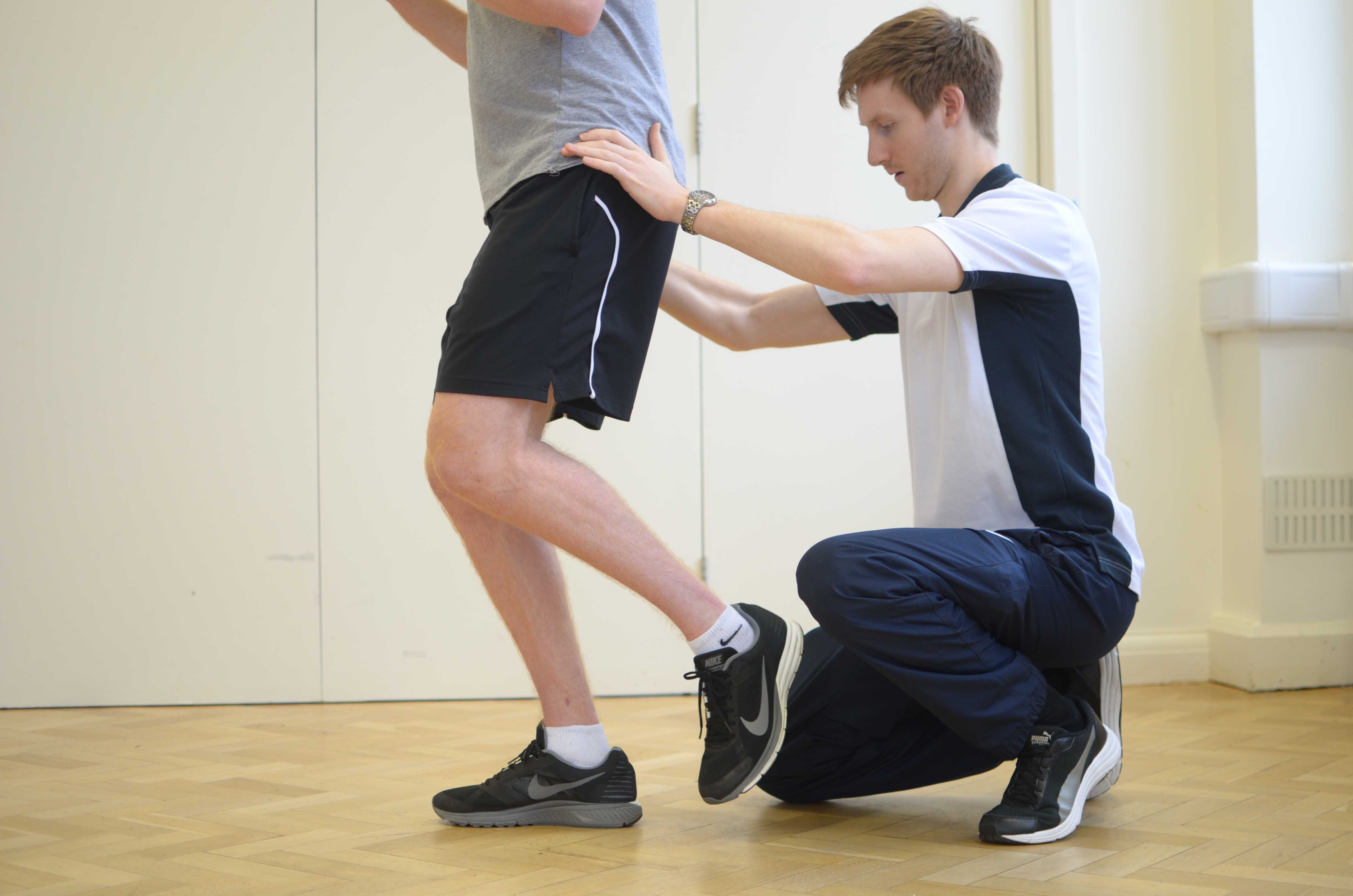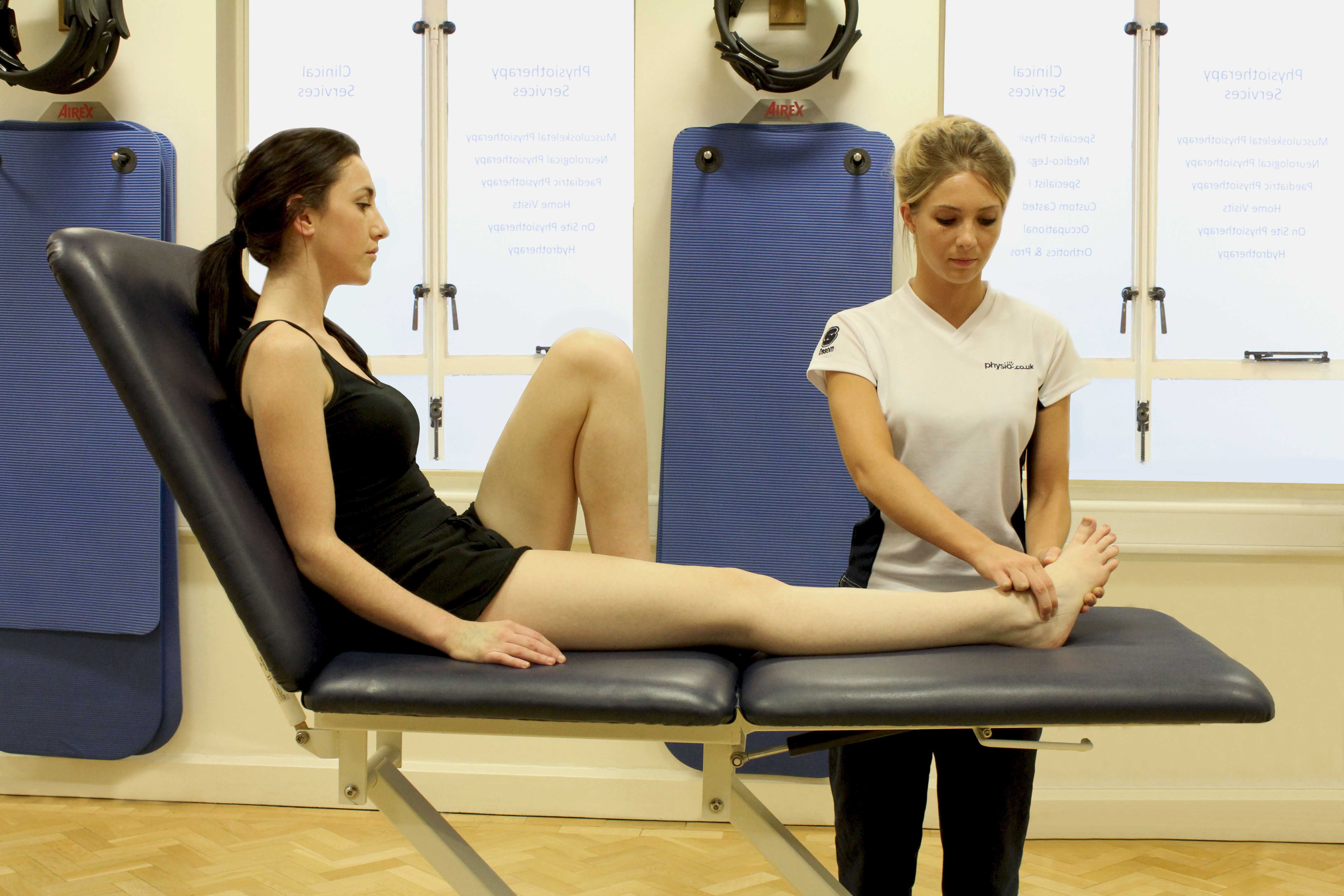Hallux Rigidus–Fusion Surgery
In Hallux rigidus Fusion surgery, the bone at the base of the big toe is fused to the toe bone itself with screws, fixing the joint into a rigid position.
Hallux rigidus is a form of degenerative arthritis affecting the joint at the base of the big toe. It is a progressive condition that causes stiffness in the joint that worsens over time. Pain and stiffness in the joint are often more apparent in cold weather, and are aggravated with walking.
This operation is likely to be carried out if you are experiencing severe pain within the joint, and damage to the structures that allow the joint to function effectively has occurred. This surgery basically makes the joint redundant – once complete you will have no movement within the previously affected joint, it will be fixed into place.
The surgery is not ideal due to all range of movement at the joint being lost, however the reduction in pain may make it worthwhile.
Physiotherapy is important following surgery in order to decrease swelling, keep pain under control and develop a normal walking pattern despite the lost range of motion within the joint.
 Above: Soft tissue massage of the planta fascia under the foot
Above: Soft tissue massage of the planta fascia under the footSymptoms after hallux rigidus fusion surgery
You are likely to experience pain following surgery; however this can usually be controlled with pain relief medications. Following the operation you should expect to wear a surgical boot for around the first 6 weeks.
 Above: Passive stretch of the foot and ankle
Above: Passive stretch of the foot and anklePhysiotherapy after hallux rigidus fusion surgery
0-6 weeks It is advised you keep your foot elevated when resting for the first couple of weeks to help control the swelling. Ice will also help keep the swelling under control. Whilst you are off your feet, it is important to keep the rest of your joints moving so you don’t lose range of movement or strength. Our physiotherapists will be able to create a personalised exercise plan to work on your stamina and the unaffected joints in the body.
6- 12 weeks Upon removal of the surgical boot, our physiotherapists’ main focus will be on practising a normal walking pattern. As the fused joint previously had a role in propulsion in walking, walking style is likely to be altered. Once this is perfected and you are confident with it we will begin to work on more complicated everyday situations such as walking up stairs, tackling uneven terrain, and even getting you back into driving. Our physiotherapists will focus on your personal goals and work towards achieving what it is you want to achieve.
12 weeks + It is likely to be between 3-6 months before you are able to return to full function in recreational activities.Physio.co.uk will continue to support you and provide advice and recommendations about the best way to returning to what it is you’d like to return to.
 Above: Passive stretch of the foot and ankle
Above: Passive stretch of the foot and ankleSummary
Surgery to fuse the big toe to its counterpart in the forefoot is a surgery carried out in only the most severe arthritic cases (when the joint is so worn away the supporting structures are unable to allow the joint to work effectively). The surgery works well in relieving pain; however the loss in range of movement mean it’s not ideal. Here at Physio.co.uk we will support you following your operation in producing a tailored week-by-week plan to maintain strength during your period within your boot and incorporate progression when the boot is removed. Our physiotherapists will continue to work with you until you are pain free and confident in carrying out everyday tasks.
 Above: Friction massage of the ligaments in the foot
Above: Friction massage of the ligaments in the footCall Physio.co.uk now on 0330 088 7800 for more information or to book an appointment please contact us.

 0330 088 7800
0330 088 7800


































